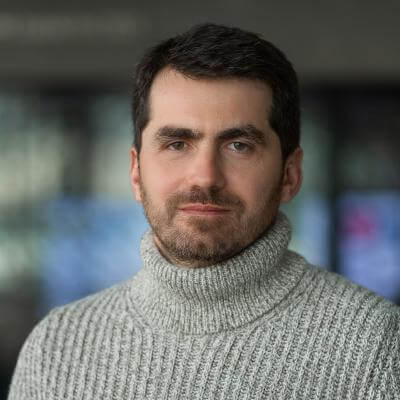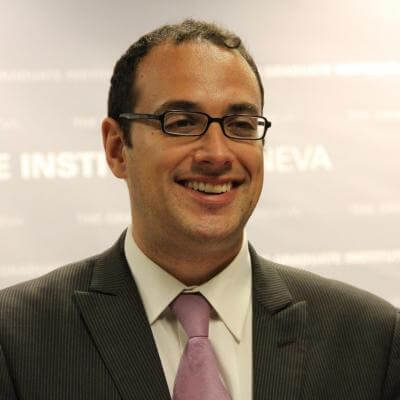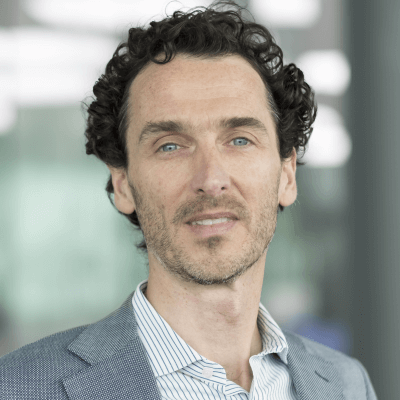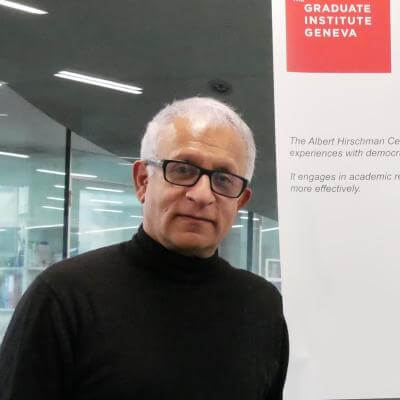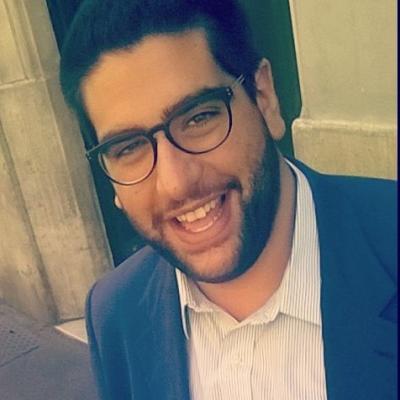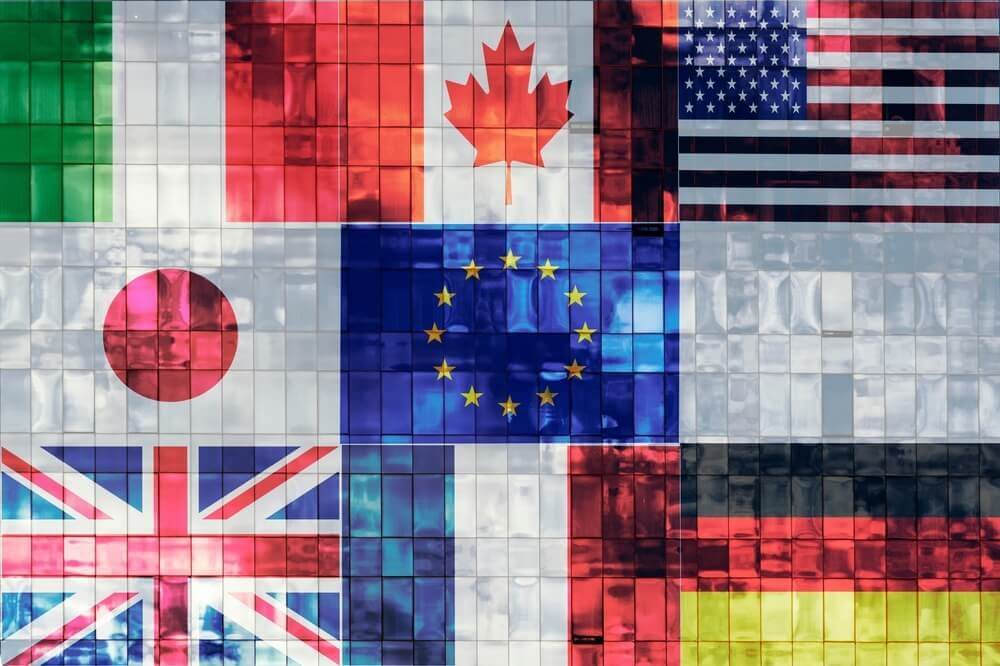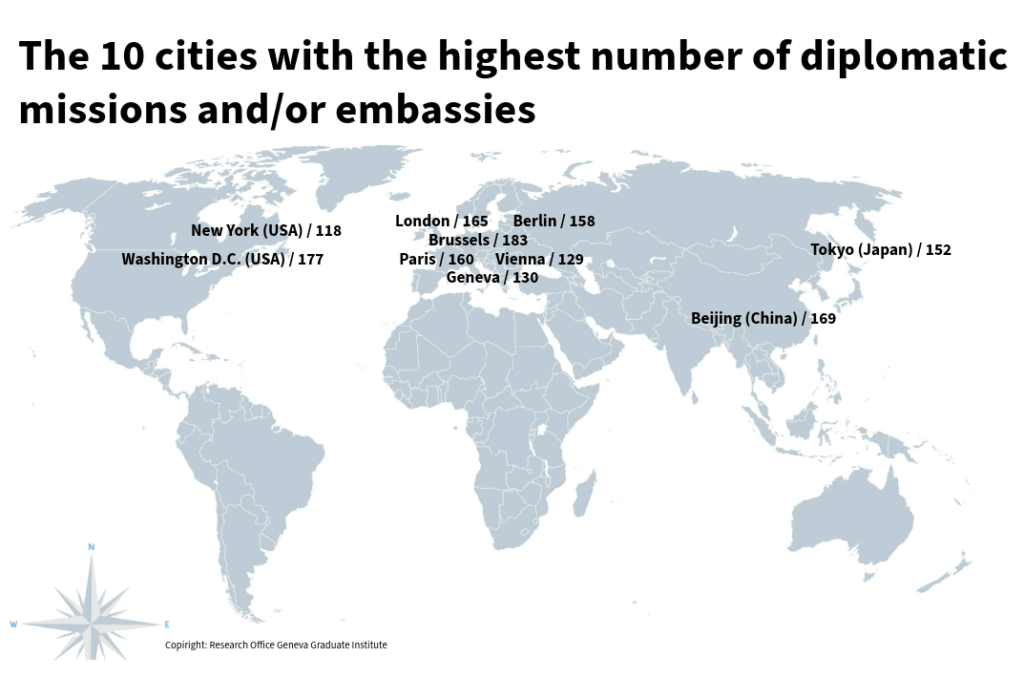The G7: From Global Governance to Geoeconomics
https://doi.org/10.71609/iheid-f9xj-fp80The Group of Seven (G7) has served as a tool for advancing its members’ foreign (economic) policy objectives. It is not a formal institution but a group of countries — Canada, France, Germany, Italy, Japan, the UK, and the US — that chose to meet annually at the highest level, forming an institutionalised forum to address pressing economic and political issues. The selection of these countries was deliberate: when they first convened in Rambouillet in 1975, they represented the economic and political core of the US sphere of influence. At the time, they accounted for more than two-thirds of the global economy, positioning themselves as indispensable players in global economic governance and justifying the creation of this new format.
From its inception, the G7 has grappled with a fundamental tension regarding its actual role in the international arena, reflecting the dual purpose for which it was established. On one hand, it was meant to contribute publicly to global economic governance, acknowledging the limits of national solutions in the wake of the first oil shock. On the other hand, it also aimed to reaffirm Western unity, which had been severely tested by the transformations of the early 1970s. As a result, some viewed it as a mechanism for genuine policy coordination among leading industrialised nations, while others saw it as a rhetorical exercise — a display of unity with little substantive impact.
From Coordination to Communication
During its early years, the G7 attempted to coordinate its members’ economic policies, reflecting the spirit of the technocratic elite of the time. The first four summits sought to establish a coordinated economic strategy, culminating in the 1978 Bonn Summit. Based on the “locomotive theory”, the Bonn Summit envisioned stronger economies — the “locomotives” — driving global growth, while weaker ones prioritised inflation control and trade liberalisation.
The 1979 Tokyo Summit then attempted to address the second oil shock by setting collective oil import targets. However, the economic turbulence of the late 1970s, coupled with resurgent inflation, eroded confidence in collective economic management and Keynesian solutions. Advocates of neoliberal reforms, such as Margaret Thatcher and Ronald Reagan, discredited the idea of “buying” economic stability through coordinated expansionary policies. The failure of sustained economic cooperation was not just an ideological clash between Keynesians and neoliberals but a result of transatlantic economic competition. No G7 member was willing to bear the costs of reforming the international economic system in a more equitable way as demanded by the developing countries, preferring instead to shift the burden onto others, including their partners.
As the G7’s original goal of economic policy coordination waned, its other purpose — reaffirming and communicating transatlantic unity — grew increasingly central. The 1983 Williamsburg Summit marked a turning point after the divisive 1980–1982 downturn, solidifying US leadership over the Western bloc. Western European leaders recognised the need for transatlantic cohesion, especially amid renewed tensions with the Soviet Union. Williamsburg transformed the G7 into a platform for strategic messaging, framing US hegemony more acceptably and sustainably. It became a platform for governments to advocate for national interests, with Europeans often appearing in opposition to the US. However, these confrontations were largely performative, driven by domestic politics or tactical positioning. At the same time, the G7 advanced American interests through value-based rhetoric, particularly under Reagan, increasingly framing its agenda around neoliberal capitalism, democracy, freedom, and human rights.
The 1983 Williamsburg Summit was pivotal in this shift, and subsequent summits throughout the 1980s reinforced universalist rhetoric that gained further prominence after the Cold War.The G7 advanced American interests through value-based rhetoric, particularly under Reagan, increasingly framing its agenda around neoliberal capitalism, democracy, freedom, and human rights. With Russia’s inclusion in the 1990s, the G7 temporarily became the G8, symbolising a new global order where US-led Western economic and political values seemed unchallenged. However, the G8 format ultimately proved to be a short-lived experiment, with Russia leaving in 2014 after the invasion of Crimea.
The Revenge of Geopolitics
In the post–Cold War years, G7 summitry was progressively shaped as a strategic instrument of the US-led West. At the same time, the economic transformations of the long 1980s and 1990s facilitated the rise of new capitalist entrants and planted the seeds for powerful challengers. The G20, created in 1999 to address the Asian financial crisis, embodied the hope that old and new actors could cooperate. However, the 2008 financial crisis marked a turning point for the G7, undermining the legitimacy of the universalist rhetoric of Western-led globalisation and giving rise to alternative narratives, with China at the forefront.
Over the last decade, global affairs have increasingly been framed as a contest between the West and an emerging alternative and revisionist coalition, often labelled the “Global South”. Led by China, this coalition has leveraged its economic influence to shape a forum to sustain its strategy, leading to the creation of BRICS in 2009. Originally comprising Brazil, Russia, India, China, and South Africa, the group expanded in 2024 and now represents nearly half of global GDP. Yet, even more than its Western counterpart, BRICS is characterised by internal competition, making it less effective as a policy instrument but, again, a potent tool for shaping global discourse and sustaining a geoeconomic strategy.
The G7 remains a potentially valuable tool for advancing its members’ economic and political objectives. Even more than its Western counterpart, BRICS is characterised by internal competition, making it less effective as a policy instrument However, it is not as effective as it once was, particularly for the United States. Washington had supported the G7’s creation to structure its relationship with its Western European allies, whose combined economic power rivalled that of the US. Today, the EU and its member states are arguably weaker, both economically and politically, reducing American concerns over European strategic autonomy from Washington.
Electronic reference
Ravano, Mattia. “The G7: From Global Governance to Geoeconomics.” Global Challenges, no. 17, May 2025. URL: https://globalchallenges.ch/issue/17/the-g7-from-global-governance-to-geoeconomics. DOI: https://doi.org/10.71609/iheid-f9xj-fp80.Dossier produced by the Research Office of the Geneva Graduate Institute.
TABLE | The 20 Countries with the Most Diplomatic Missions in the World in 2024
| Country | Total number of posts | Embassies | Consulates | Permanent Missions | Other representations |
|---|---|---|---|---|---|
| China | 274 | 173 | 91 | 8 | 2 |
| USA | 271 | 168 | 83 | 11 | 8 |
| Turkey | 252 | 145 | 93 | 12 | 2 |
| Japan | 251 | 152 | 66 | 10 | 23 |
| France | 249 | 158 | 72 | 18 | 1 |
| Russia | 230 | 143 | 74 | 10 | 3 |
| UK | 225 | 156 | 51 | 11 | 7 |
| Germany | 217 | 148 | 56 | 11 | 2 |
| Italy | 206 | 124 | 74 | 8 | 0 |
| Brazil | 205 | 135 | 58 | 12 | 2 |
| India | 201 | 142 | 50 | 5 | 4 |
| Spain | 190 | 114 | 65 | 10 | 1 |
| South Korea | 187 | 114 | 60 | 5 | 8 |
| Mexico | 161 | 80 | 71 | 8 | 2 |
| Canada | 157 | 98 | 38 | 11 | 10 |
| Argentina | 150 | 87 | 54 | 7 | 2 |
| Netherlands | 149 | 106 | 28 | 10 | 5 |
| Switzerland | 141 | 102 | 30 | 7 | 2 |
| Hungry | 140 | 87 | 43 | 7 | 3 |
| Poland | 135 | 91 | 33 | 9 | 2 |
All data taken from the Lowy Institute’s Global Diplomacy Index 2024.
BOX 1 | Diplomatic Realism
Diplomatic realism, often simply referred to as realism, is a theory of international relations that emphasises the competitive and conflictual nature of relations between States. Here are some key principles of diplomatic realism:
- International anarchy: The international system is anarchic, meaning that there is no higher authority to regulate relations between States. States must therefore rely on their own means to ensure their security and interests.
- State sovereignty: States are the main actors in international relations. They are sovereign and act rationally to maximise their security and power.
- Power and national Interests: States seek to maximise their relative power in relation to other states. Power can be measured in terms of capabilities — military, economic, technological, etc. National interests, often defined in terms of security, survival and prosperity, guide the actions of States.
- Balance of power: States form alliances and adopt strategies to maintain a balance of power, thus preventing a single State or coalition of States from becoming too powerful and threatening their security.
- Inevitable conflict: Realists consider conflict to be an inevitable feature of international relations. States are in constant competition for resources, territory and influence, which can lead to conflict and war.
- Pessimism about cooperation: Realists are sceptical about the possibility of lasting international cooperation. They see international institutions and agreements as tools that States use to promote their national interests rather than as means of genuine cooperation.
Diplomatic realism has been influenced by thinkers such as Thucydides, Machiavelli, Hobbes, and more recently by modern theorists such as Hans Morgenthau and Kenneth Waltz. This theory provides a framework for understanding the behaviour of States in a world where security and survival are of paramount concern. This realist theory is one of the analytical frameworks for international relations, in addition to liberalism and constructivism. They all have in common that they are rooted in Western philosophy.
Source: David Ho, “Les théories chinoises des relations internationales: une brève introduction”, La Revue d’histoire militaire, 4 April 2024.
BOX 2 | The New Diplomacy
“New diplomacy” refers to an evolution in traditional diplomatic practices, marked by the emergence of new actors, new means of communication and new issues. It is a concept that has emerged in response to the challenges and opportunities of the 21st century, marked by globalisation and the growing interdependence of states. It contrasts with traditional diplomacy, which is state-based, secret and bilateral, embodied by foreign ministries and embassies.
- Expansion of diplomatic actors: While traditional diplomacy was monopolised by states, new diplomacy involves multiple actors. It includes non-governmental organisations (NGOs), multinational companies, local authorities (cities, regions), international organisations (UN, WTO, EU…), citizens and social movements.
- Transformation of tools and channels: Digital tools have profoundly changed diplomatic practices. Public diplomacy and “twiplomacy” (diplomacy via X and other networks) enable direct communication between diplomats and the public.
- Broadening of themes: The new diplomacy addresses complex global issues such as climate change, global health, human rights, migration, digital governance and gender equality. For instance, the climate negotiations at COP26 involved not only states, but also NGOs, businesses, indigenous peoples and young activists such as Greta Thunberg.
- Collaborative and multi-level approaches: Diplomacy is no longer just vertical (between governments), but also horizontal, via cooperation networks between cities (e.g. C40 Cities), universities and civil society.
- More transparent and responsive diplomacy. Negotiations are increasingly subject to pressure from public opinion, the media and real-time communication dynamics. This makes diplomacy more visible, but also more vulnerable to polarisation or communication effects.
In summary, new diplomacy is a more holistic and integrated approach to international relations that recognises the complexity and interdependence of the modern world. It seeks to address global challenges through cooperation, engagement with a diversity of actors, and the use of new tools and technologies.
BOX 3 | Figures on International Geneva and Impact of US Cuts on United Nations Funding
- 43 international organisations in the Lake Geneva area (38 in Geneva, 46 in total in Switzerland)
- 183 States represented
- About 750 non-governmental organisations (NGOs)
- More than 4,000 visits per year of heads of state and government, ministers and other dignitaries
- In 2024, 36,460 people were employed in IOs, NGOs and permanent missions:
- 28,962 people employed in IOs
- 4,062 people employed in permanent missions
- 3,436 people employed in NGOs
- In 2024, the United States funded 22% of the UN regular budget, more than China (15.25%) and Japan (8.03%). But in 2025, it significantly reduced its financial contributions:
- Reduction of more than 80% for the UN regular budget, affecting more than 40 international organisations, including UNESCO and the World Health Organisation (WHO)
- Suspension of USD 377 million for UNFPA, the UN agency for reproductive health, impacting 48 programmes in crisis areas such as Gaza, Sudan and Ukraine
- Cuts of USD 160 million for the UN Food and Agriculture Organization (FAO), jeopardising global efforts to monitor avian influenza
- Estimated reduction of 30% for the International Organization for Migration (IOM), affecting more than 6,000 employees worldwide.
- To prevent staff layoffs due to the US funding freeze, the Canton of Geneva has allocated CHF 10 million and the City of Geneva CHF 2 million to support local NGOs.
Sources: République et canton de Genève, “Statistiques cantonales”. République et canton de Genève, Genève internationale, “Facts and Figures”. Confédération suisse, “Facts and Figures about International Geneva”. Better World Campaign, “Proposed FY25 Spending Bill for Foreign Operations Would Gut U.S. Global Standing”, 6 April 2025. United Nations Office at Geneva, “US Funding Cuts Confirmed, Ending Lifesaving Support for Women and Girls”, 27 February 2025. Susannah Savage and Michael Peel, “American Farmers Raise Alarm As US Cuts Funds for UN Bird Flu Fight”, Financial Times, 9 May 2025. International Organization for Migration, “Update on IOM Operations amid Budget Cuts ”, 18 March 2025. US Library of Congress, Congressional Research Service, United Nations Issues: US Funding to the UN System, by Luisa Blanchfield, IF10354, 9 April 2024. Frédéric Julliard, “Genève souffle le chaud et le froid sur les ONG”, Le Temps, 17 February 2025. Fanny Scuderi, “La ville de Genève alloue 2 millions de francs d’aide aux ONG”, 13 March 2025.
VIDEO | Former US Representative to the UN Amb. Sheba Crocker on Her Three Years in International Geneva
U.S. Mission Geneva
VIDEO | Diplomacy Today, with Stephan Klement, EU Diplomat and Special Adviser on Iran Nuclear Issue
Research Office, Geneva Graduate Institute
PODCAST | La diplomatie de la restitution des œuvres d’art avec Amb. Angelo Dan
Research Office, Geneva Graduate Institute
